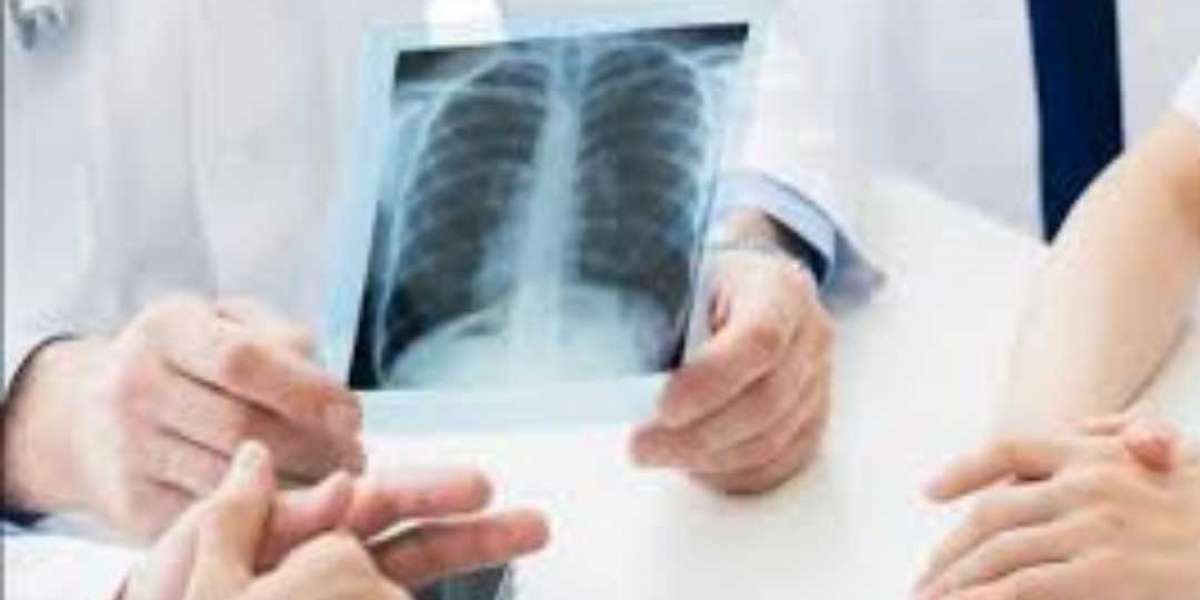X-Ray OPG Scan in Bengaluru
When it comes to accurate dental diagnosis, panoramic imaging is a game-changer. One of the most trusted tools in modern dentistry is the X-Ray OPG Scan in Bengaluru, widely used to capture a comprehensive view of your entire jaw in a single image. Whether you're dealing with chronic dental issues, undergoing orthodontic assessment, or just having a routine dental exam, this advanced imaging technique provides unparalleled clarity and detail.
What Is an OPG Scan?
Understanding the Basics
OPG stands for Orthopantomogram. It is a panoramic scanning dental X-ray of the upper and lower jaw. The scan provides a two-dimensional view from ear to ear and is essential for diagnosing a variety of oral health issues. It is non-invasive, fast, and offers a broad visual perspective of your mouth's bone structure.
Why Dentists Recommend It
Dentists and oral surgeons recommend this type of scan because it allows them to:
- Evaluate impacted teeth
- Examine jawbone fractures
- Check for cysts, tumors, or infections
- Plan orthodontic treatments
- Assess the temporomandibular joint (TMJ)
How the OPG Scan Works
The Technology Behind the Image
An OPG machine consists of a rotating arm that moves around your head while you remain still. It emits low-dose radiation and captures a single panoramic image of your teeth, jawbone, and surrounding tissues. This makes it easier for specialists to detect abnormalities and develop a suitable treatment plan.
Duration and Comfort
- Time Taken: Less than 5 minutes
- Preparation: Minimal; remove any metal objects from the head and neck area
- Comfort Level: High; the procedure is non-invasive and painless
Benefits of OPG Scans
Comprehensive Diagnosis
One of the main advantages of this scan is its ability to capture all the teeth in both jaws and the surrounding bone structure in one image. This makes it easier to detect problems early and accurately.
Quick and Safe
With minimal radiation exposure and speedy results, OPG scans are a safe diagnostic method even for children and elderly patients.
Versatile Use Cases
Whether it’s general dentistry, orthodontics, oral surgery, or even ENT (Ear, Nose, and Throat) applications, OPG scans serve a broad diagnostic purpose.
Who Needs an OPG Scan?
Common Use Cases Include:
- Wisdom tooth extraction planning
- Orthodontic treatment planning
- Dental implant assessment
- Temporomandibular joint disorders
- Detection of cysts or tumors
- Monitoring developmental anomalies in children
What to Expect During the Procedure
Before the Scan
You’ll be asked to remove any jewelry, eyeglasses, or metallic accessories. The technician may place a lead apron over your chest to protect your body from radiation.
During the Scan
- You'll be asked to bite on a sterilized mouthpiece
- The rotating arm will move around your head
- Stay completely still for 20-30 seconds while the scan is in progress
How to Interpret the Results
While the image may look complex, it provides key data for your dentist or oral surgeon. Any misalignment, decay, bone loss, or abnormal growth will show up clearly on the panoramic image.
Results are usually available on the same day or within 24 hours. Most diagnostic labs provide both digital and hard-copy formats for patient convenience.
Why Choose a Digital Lab in Bengaluru?
Digital diagnostic labs in Bengaluru offer:
- High-resolution imaging equipment
- Reduced wait times
- Experienced radiology technicians
- Seamless digital storage and sharing options
If you're in the city and considering a dental diagnosis, getting an X-Ray OPG Scan in Bengaluru ensures you have access to cutting-edge technology and accurate results.
Final Thoughts on OPG Scans
Getting an X-Ray OPG Scan in Bengaluru is a wise step for anyone facing oral health issues or seeking precision in dental diagnostics. It’s fast, safe, and incredibly effective in detecting dental and skeletal issues that traditional X-rays may miss. With advanced diagnostic centers available locally, there's no reason to delay an important health check-up that could prevent future complications.
Frequently Asked Questions (FAQs)
1. What is the difference between an OPG and a regular dental X-ray?
An OPG captures the entire jaw and surrounding structures in one image, while a regular dental X-ray focuses on a specific tooth or area.
2. Is an OPG scan safe for children?
Yes, the radiation dose is minimal and considered safe for children. However, it should only be done if prescribed by a dentist.
3. How often should one get an OPG scan?
It depends on your dental health and your dentist’s recommendations. Some patients may only need it once every few years.
4. Can I eat before an OPG scan?
Yes, there’s no fasting required. However, it’s advisable to brush your teeth before the scan.
5. Will the scan show cavities?
While the scan is great for showing bone structure and alignment, smaller cavities may still require intraoral X-rays for detailed examination.
6. Do I need to carry previous reports for comparison?
Yes, bringing old scans or dental records can help the dentist compare changes and monitor progress.
7. Is the scan painful or uncomfortable?
Not at all. It’s a painless and non-invasive process that takes just a few minutes.
8. Can pregnant women undergo an OPG scan?
Generally, dental X-rays are avoided during pregnancy unless absolutely necessary. Consult your doctor before proceeding.
9. Will I receive the scan results immediately?
In most labs, results are available within 24 hours and can be shared digitally or printed.
10. What should I wear to an OPG scan appointment?
Wear comfortable clothing without metal elements like zippers or necklaces. This prevents interference with the imaging process.







